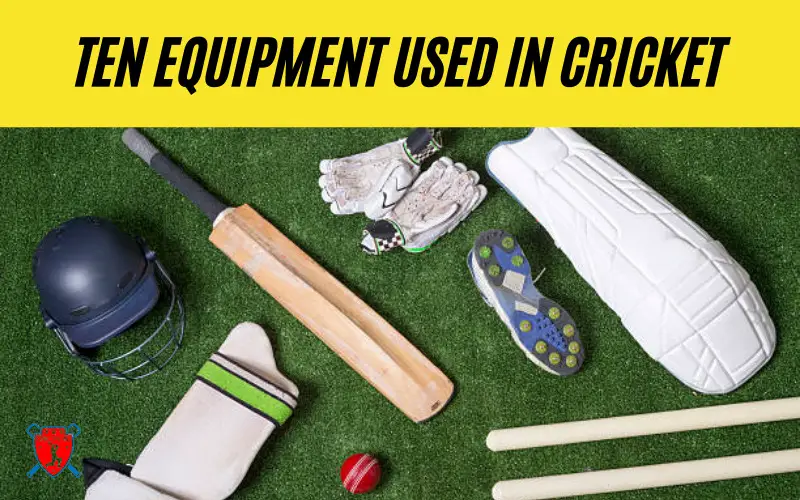We all know that cricket is a bat and ball game. Though the main properties for the game are bat and ball, there are also a few things needed to play cricket. In this article, let's discuss ten cricketing equipment required to play the game.
1. Ball
The first important property or equipment needed to play cricket is a ball. The cricket balls are made up of leather. They are rigid and traditionally painted in red. They have a cork in the center, which is covered with leather and synthetic, weighing around 5.5 to 5.75 ounces. Today, pink balls are also used with white and red balls.
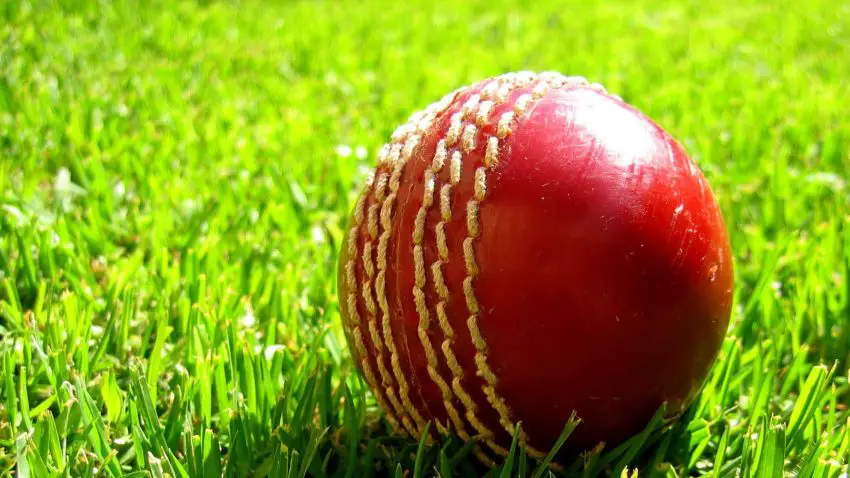
2. Bat
The cricket bat is the next important property used in the game. It is exclusively made of willow wood with a flat front blade and rounded cane handle wrapped in leather and rubber grip. The bat's length is 38 inches (96.5 cm), and the width is 4.25 inches (10.8 cm). Most of the bats used worldwide are handmade in India and Pakistan.

3. Stumps
Three vertical posts that hold a couple of bails and form the wicket are called Stumps. Each stump is 28 inches tall. They are usually made of ash wood that gives a waterproof texture. The U-shaped end is designed to hold the bails and the spike end is to insert the stump into the ground.
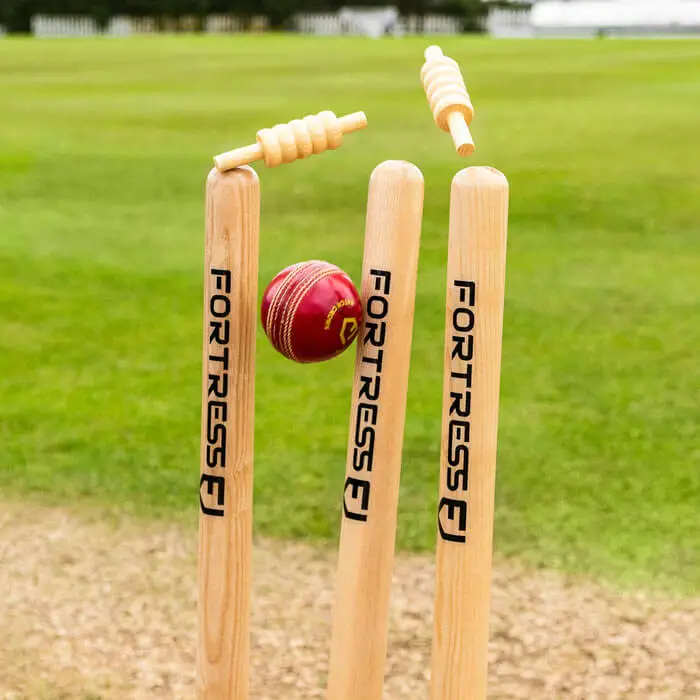
4. Bail
Each bail is a cylindrical piece of wood made from lignum vitae. Bails made with lignum vitae could withstand windy conditions. A couple of bails are placed over the stumps. The wicketkeeper hits the stumps and bails to dismiss a batsman, who is out of the crease.
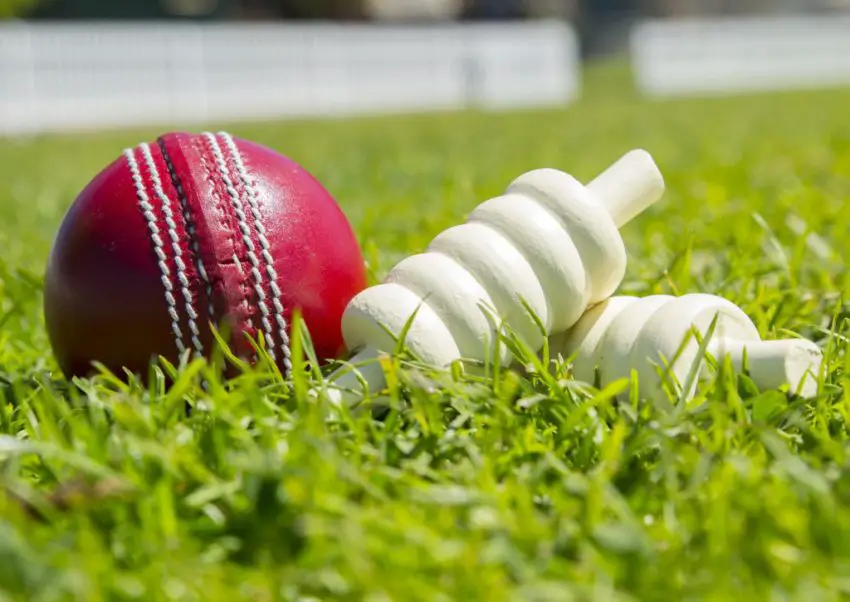
5. Sight Screen
Sight Screens are used to give the batter a clear view of the ball when the bowler comes to bowl. The sightscreen plays a crucial role in cricket. The sight screens can be made with cloth, wooden frames, or polycarbonate slats.
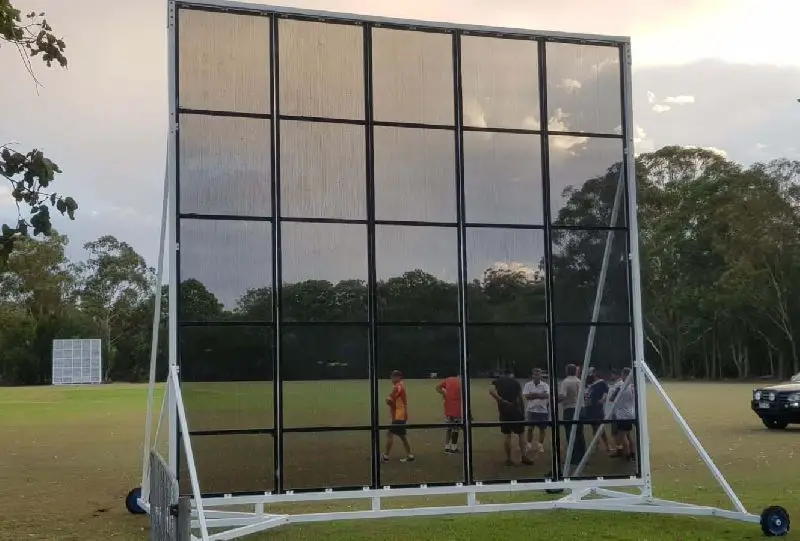
6. Boundary Rope
A boundary is the perimeter of the playing field. A rope in the boundary is the mark, and if the ball crosses the boundary rope, the batting team will get four runs or six runs, depending upon how the ball crosses the rope, whether sloping down or crossing over. The boundary ropes are placed three yards from the fencing in the field.
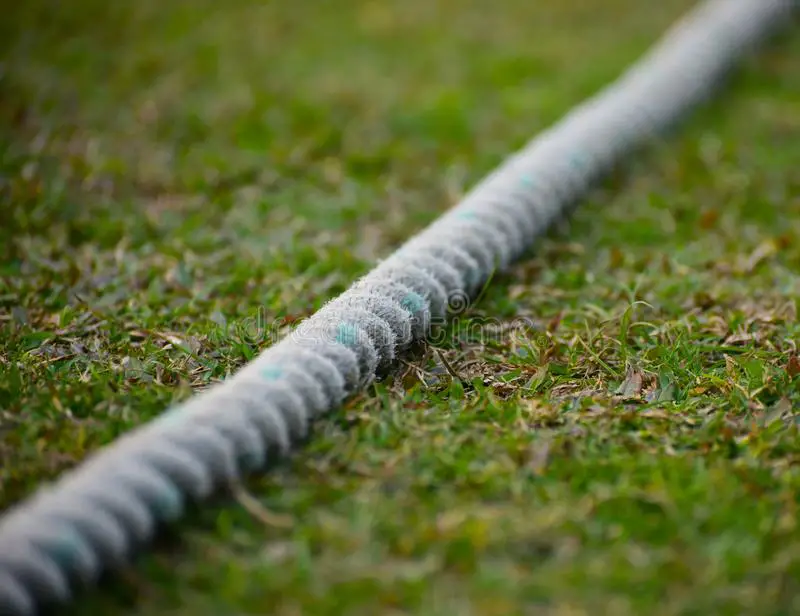
7. Cricket Helmet
The players' protection is much essential in any game. The helmet is one of the safety gears used to protect the batters and wicketkeepers from head injuries. A cricket helmet can be made using ABS plastic, carbon fiber, Fibreglass, titanium, steel, or high-density foam. The grills are made up of steel, carbon fiber, or titanium. There is a chin strap to hold the helmet. The helmet grills protect the players' jaws.

8. Gloves
Gloves are primarily used to uphold the grip and protect the hands from speedy deliveries. A glove is a well-padded and flexible safety gear with some air holes to avoid sweat. The gloves cover the wrists too. The wicketkeeper's gloves are different from the batters. The webbing between the thumb and the index finger helps the keeper catch the ball easily.

9. Leg Pad
Leg Pads are guards to safeguard the legs from the ball, and a batsman needs to wear this. The wicket-keeping pads are slightly different from the batsmen's. Fielders that are fielding in close to the batters may wear shin guards. It can extend from the knee to the ankle length. It is heavily preserved and stuffed with foam though typically shaped round, making the top easier to contact the hard or fastballs.
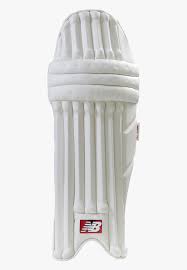
10. Thigh Guard
It is considered one of the essential security gear that the player wears. This guard protects the batters from getting hurt.


